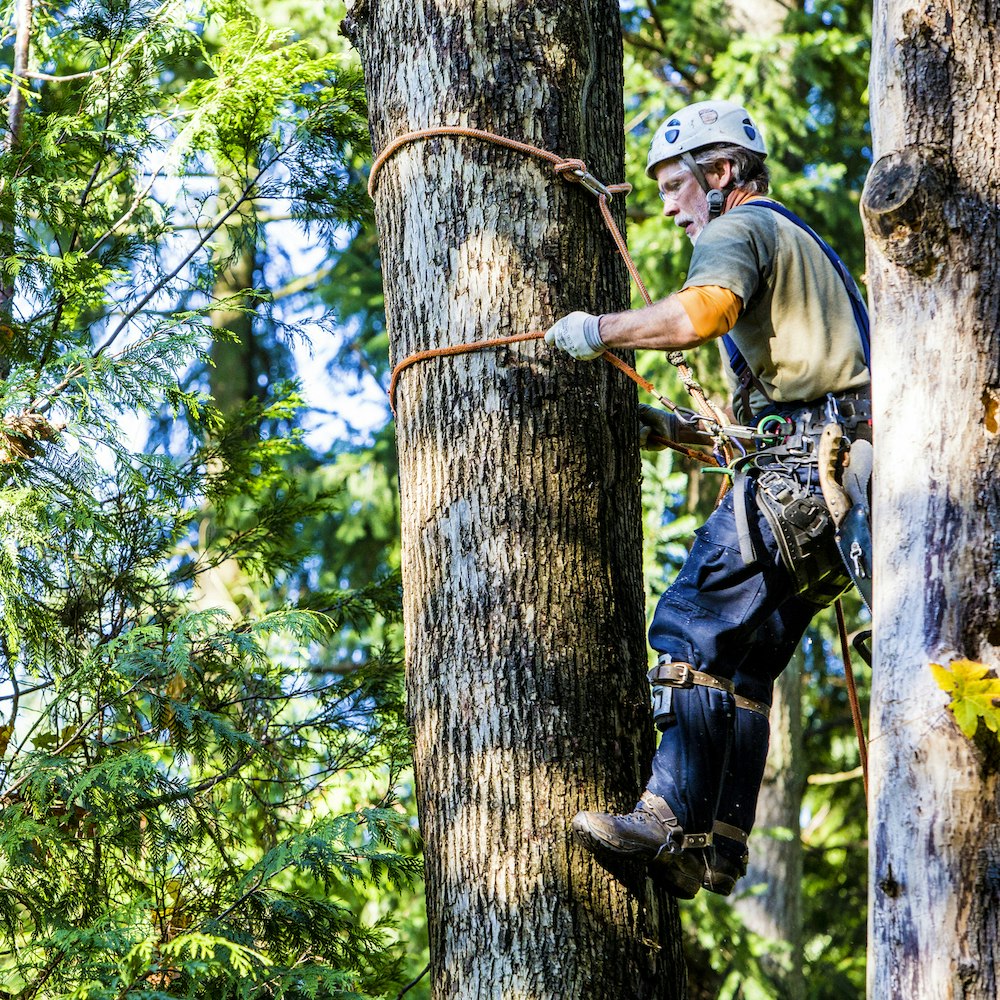Imagine a world without trees. No towering giants providing shade and shelter, no rustling leaves to soothe the soul, no vibrant canopies casting hues over our landscapes. Arborists, the guardians of our arboreal realm, play a vital role in preserving this invaluable asset. As an arborist in Texas, you’ll have the privilege of nurturing and protecting the state’s majestic trees, ensuring their continued presence for generations to come.

Image: humidgarden.com
If the prospect of a fulfilling career amidst nature’s splendor intrigues you, then read on to discover the steps to becoming a licensed arborist in Texas.
Embarking on the Arborist’s Journey
Education and Training:
A solid foundation in arboriculture forms the cornerstone of a successful arborist career. Begin by pursuing a degree in forestry, horticulture, or a related field to gain a comprehensive understanding of tree biology, pest control, and arboricultural techniques. Numerous community colleges and trade schools in Texas offer arboriculture programs, equipping students with practical skills and theoretical knowledge.
Experience and Practice:
Hands-on experience is equally crucial in the arborist profession. Seek opportunities to volunteer or intern with local arboriculture companies, where you can gain real-world exposure to tree care techniques, equipment handling, and safety protocols. By honing your skills under the guidance of experienced professionals, you’ll build a strong portfolio and enhance your employment prospects.
Obtain Licensing:
To legally practice as an arborist in Texas, you must obtain a license issued by the Texas Department of Agriculture (TDA). The licensing process involves passing a comprehensive exam covering all aspects of arboriculture, including tree identification, pruning techniques, disease diagnosis, and safety regulations. Stay updated on the latest licensing requirements by visiting the TDA website.
Essential Skills for the Trade:
Physical Fitness and Endurance:
Arborists spend a significant portion of their day climbing trees, operating heavy equipment, and performing strenuous physical tasks. Excellent physical fitness and stamina are prerequisites for safety and efficiency in this demanding profession.
Attention to Detail and Precision:
Meticulous attention to detail is essential for arborists to accurately diagnose tree health issues and implement proper treatment plans. Precision in tree pruning, cabling, and other arboricultural techniques ensures the well-being of trees and the safety of those around them.
Problem-Solving and Analytical Skills:
Arboriculture presents unique challenges on a daily basis. Being an effective arborist requires strong problem-solving abilities, analytical thinking, and a logical approach to resolving issues related to tree care, disease management, and risk assessment.

Image: hipages.com.au
How To Become An Arborist In Texas
Thriving in the Arborist Industry:
Career Opportunities:
Licensed arborists in Texas enjoy a range of career opportunities in both the public and private sectors. Work for municipalities or government agencies to oversee urban forestry programs, join arboriculture companies providing tree care services, or start your own arboriculture business.
Continuing Education and Specialization:
Arboriculture is an ever-evolving field. To stay abreast of industry advancements and enhance your professional credentials, pursue continuing education opportunities offered by professional organizations such as the Texas Chapter of the International Society of Arboriculture (TCISA). This will enable you to specialize in areas like plant health care, utility arboriculture, or municipal forestry, opening up further career growth avenues.
Networking and Collaboration:
Networking with other arborists, attending industry events, and collaborating with allied professionals will expand your knowledge, build valuable connections, and enhance your reputation within the arboriculture community.
In conclusion, becoming an arborist in Texas presents a rewarding path for those passionate about preserving and nurturing trees. By following the outlined steps, developing the